With the adoption of New York State Science Learning Standards (NYSSLS), there has been a variety of approaches taken to start blending its three dimensional structure, composed of core ideas, cross cutting concepts and science and engineering practices, into teachers current practice. The disciplinary core ideas are essentially the content that teachers will teach or what information their students are required to know. The cross cutting concepts are the key themes that emerge time and again across science curricula, such as patterns and cause and effect, and are used to explain how students think about science. The science and engineering practices are how teachers will teach the information and what students will actually do in the classroom. The science and engineering practices listed in the NGSS framework include: asking questions, developing and using models, planning and carrying out investigations, analyzing and interpreting data, using mathematics and computational thinking, constructing explanations and designing solutions, engaging in argument from evidence and lastly obtaining, evaluating and communicating information.
If you are feeling overwhelmed with the new standards, one place to start your shift could be to merge one the science and engineering practices into your current teaching flow. A smooth transition could be found by incorporating the first science and engineering practice: asking questions. The most common professional development technique I’ve encountered regarding this practice is Question Formulation Technique, QFT. QFT was developed by the Right Questions Institute, tested and modified to intentionally teach students how to ask questions and provide teachers with the skills necessary to teach the students how to do so. Essentially, QFT is a series of steps that allows for students to ask numerous questions, improve them and prioritize them in order of importance.
QFT begins with a question focus chosen by the teacher, typically something students will look at and be curious about, stimulating them to ask questions. The question focus can be a short video, a visual model that students can look at or even a short statement. The question focus itself is not a question and has a focused intention of jumpstarting student questions in a direction that provokes student thought in a different vein that the traditional approach likely would not. For instance, if teachers were using a short video to introduce nuclear chemistry by showing a slow-motion clip of an atomic bomb detonating instead of a clip discussing the historical impact of the atomic bomb, then the conversation would be better able to focus on solely on the chemistry of the explosion rather than its historical, political or emotional implications. Further, while typical lessons might begin with a “Do Now” from a teacher, the question focus is a different approach that will allow students to develop their own questions to guide the following lessons.
The second step of QFT, is a protocol that must be followed where students produce as many questions as they can without stopping for a discussion, judgement or even answer to their questions. Questions are recorded exactly as they are stated and any statements listed are changed into questions. So often, teachers want to re-phrase student questions: “So what you’re really asking is…” while here the intention is the students’ questions will be validated, no matter how they are articulated. All student input is valued in this method and is a student-centered as opposed to teacher centered approach. Additionally, the teacher needs to stress the importance of following the rules. For instance, groups cannot stop to debate or discuss a question, the rationale for this being that they will lose focus and not be able to continue to generate questions.
The next phase of QFT calls for students to classify their questions as closed versus open by labeling them as “C” for closed ended and “O” for open ended. Closed ended questions are those that can be answered with a “yes” or “no” response such as: “is the balloon inflated?” as opposed to an open-ended question which could be: “what caused the balloon to inflate?”. Students are then asked to change a closed ended question to open ended and vice versa if desired in order to show how manipulation of a question allows for different information to be obtained in order to arrive at an answer. Finally, students prioritize questions in order of importance. Typically, teachers ask for students’ top three questions which, depending on the question set, will shape future assignments. As an example: if the class was going to proceed in developing an experiment from the question focus, this could be how students prioritize information, such as asking students to pick which questions would be appropriate to investigate or three questions to which they would most like to know the answer. This exercise is one where students need to analyze, compare and determine which of the questions posed would best yield the information they want to obtain. This can be concluded by students reporting out priority questions along with a rationale for why they chose those questions. Finally, the technique ends with a reflection where students analyze their thinking in the QFT process and what they learned individually.
Professional development is important for teachers to grow and develop new pedagogical techniques. I was first introduced to this technique last spring at a workshop where the presenter showed a YouTube clip of a tidal wave. Working in groups my colleagues and I were asked to come up with as many questions as possible about the video we observed (without judgement of the questions). The instructions were to begin each question with the statement “I wonder…” or “I notice…” as the video played on the smartboard over and over. This was followed by us indicating if the questions were open (providing multiple answers) or closed ended questions (yes/no type responses) for each one and finally which one we could conduct an investigation about and to determine what the variables would be for that particular investigation. Similarly, at a recent department meeting, my director showed four clips on a loop and we had to choose one of the images to generate questions about. The images for this sort of activity can be obtained from YouTube clips or https://www.ngssphenomena.com/. Together, the group developed questions over a three- minute period, which felt long and grew increasingly difficult. The questions were categorized as open or closed and the closed ended questions were re-phrased to become open ended questions. The group questions were written on chart paper and prioritized into the top three the group would like to investigate.
This past month, I used QFT with my students on a unit discussing gas laws. The question focus was a demonstration in which a balloon animal was placed in liquid nitrogen. Students observed the balloon shrink and then the balloon was taken out and returned to its original configuration, a variation of which is shown here. The students then were led through the QFT technique. Some of the questions derived included: “what is the relationship between temperature and pressure?”, “what affects volume more temperature or pressure?”, “what causes balloons to expand and contract?”,” how would the shape change if it were a different gas?”, “what would happen if there were more molecules in the balloon from the beginning of the experiment?”. All of these were ideas which I typically would have used to drive discussion or generate lessons from. Here, the students generated the questions and took ownership of the lesson flow as I illustrated the ways in which the students’ questions were related to the aim of that particular lesson. The same content was taught, but the order they were presented in was slightly different to address the students’ questions as the lesson aim.
In summary, QFT is a protocol where students generate their own questions, improve upon them and prioritize them. My own personal reflection is that whenever I have tried this technique, the participants are all involved in the process and engaged for the entire duration of time. For my quieter students, I am continually impressed by their confidence in asking questions. I found throughout my unit of instruction, there was greater interest and comprehension of the topics. Moreover, in my after-school department meeting, my colleagues all participated and were curious about each other’s questions. Even after the meeting, we were talking about the clips, which is definitely not the case for all department meetings. Finally, the protocol is well tested in a variety of educational settings and across diverse student groups. It’s a technique that I would recommend to new teachers as it may help with classroom management by providing students with rules and steps to follow at each point of the process.
For more information about QFT, visit the Right Institute for resources. Additionally, there is a great resource written by Dan Rothstein and Luz Santana called Make Just One Change that thoroughly describes the technique and provides much insight into how to incorporate into professional practice.
Resources:
Rothstein, D. & Luz, S. (2011). Make Just One Change. Cambridge, MA: Harvard Education
Press.
https://www.nextgenscience.org/three-dimensions
http://rightquestion.org/education/


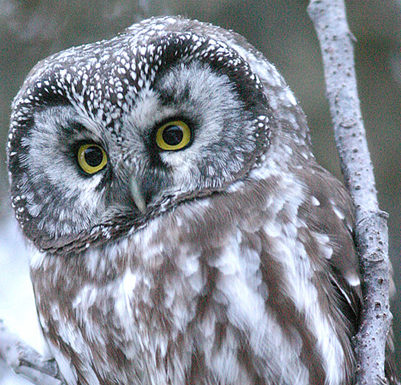
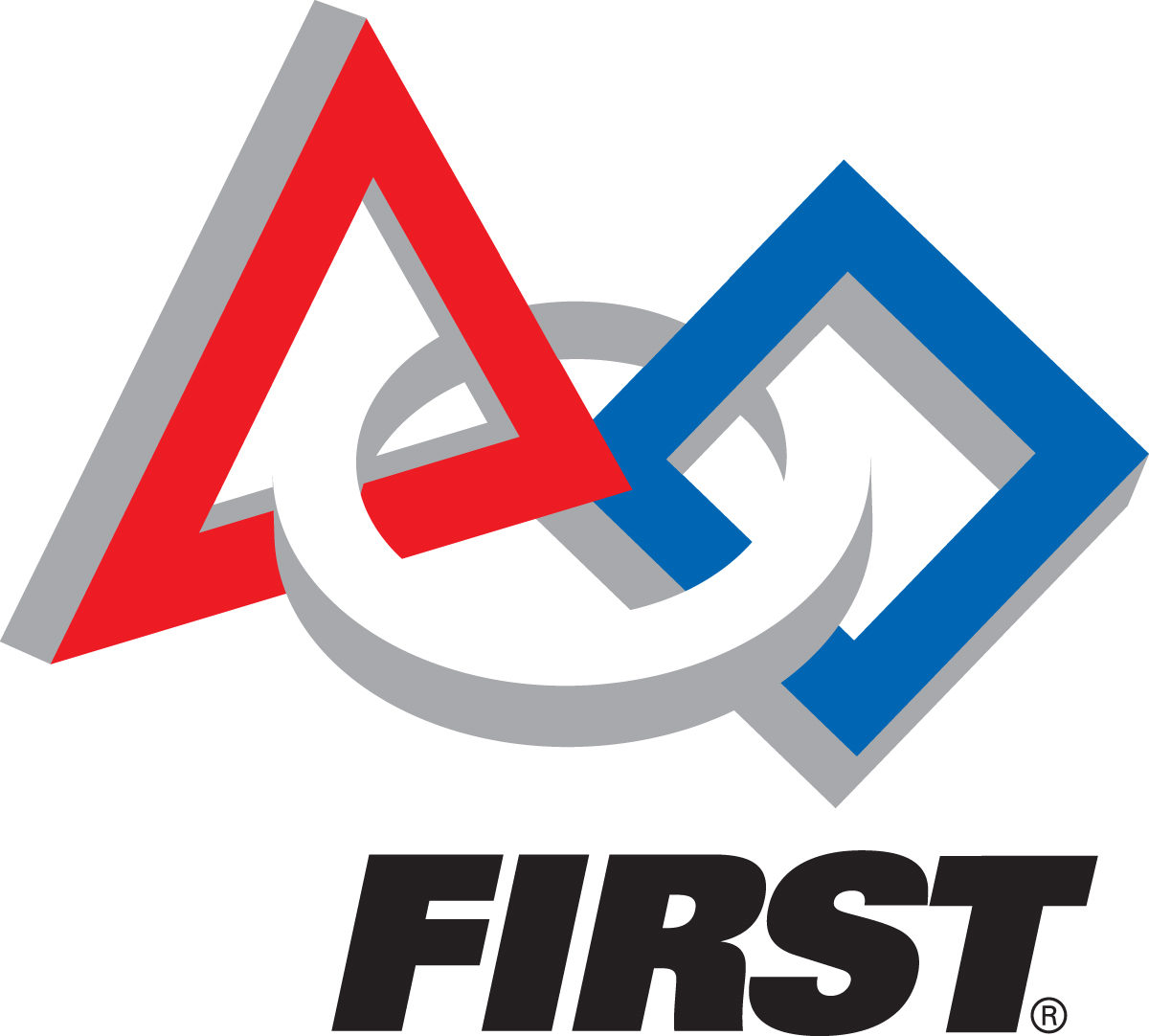

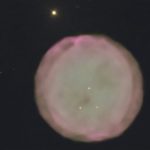
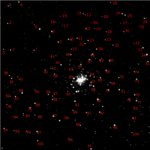

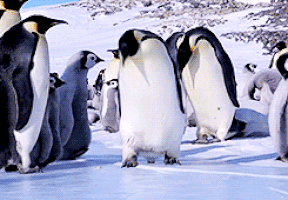
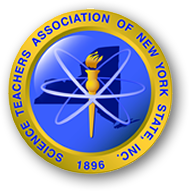
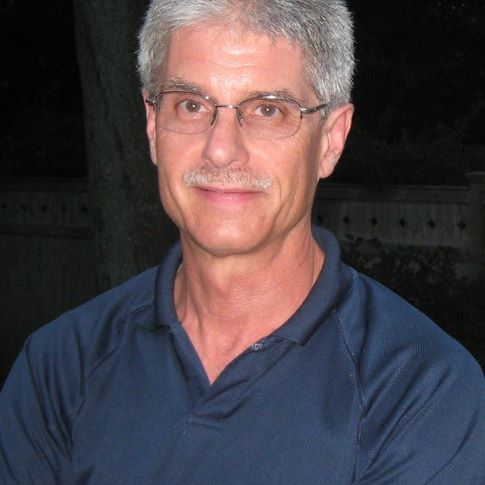 Having spent a career teaching high school science, I am now engaged with the world of elementary science. The adoption of the New York Science P-12 Science Learning Standards (NYSSLS) in December 2016 has apparently rejuvenated interest in elementary science. Recently retired (meaning time on my hands?) and involved with the transition to our new science standards based on A Framework for K-12 Science Education and NGSS, I was drawn into professional development opportunities. I’ve learned a lot about how students should learn science, reasons to shift to significant core ideas, how to incorporate engineering, provide meaningful hands-on experiences, and engage with phenomena. These standards should address the needs of all students, incorporate real-world scenarios and when possible be community-based. What really excites me the most about the NYSSLS is the impact this will have on our youngest learners.
Having spent a career teaching high school science, I am now engaged with the world of elementary science. The adoption of the New York Science P-12 Science Learning Standards (NYSSLS) in December 2016 has apparently rejuvenated interest in elementary science. Recently retired (meaning time on my hands?) and involved with the transition to our new science standards based on A Framework for K-12 Science Education and NGSS, I was drawn into professional development opportunities. I’ve learned a lot about how students should learn science, reasons to shift to significant core ideas, how to incorporate engineering, provide meaningful hands-on experiences, and engage with phenomena. These standards should address the needs of all students, incorporate real-world scenarios and when possible be community-based. What really excites me the most about the NYSSLS is the impact this will have on our youngest learners.
